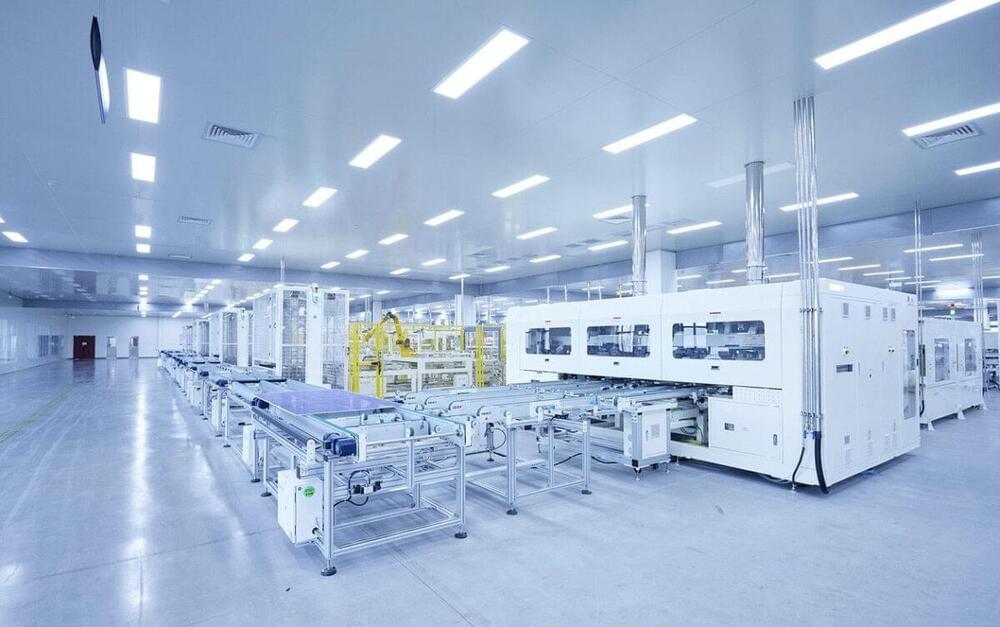In a world powered by artificial intelligence applications, data is king, but it’s also the crown’s biggest burden.
As described in the article, quantum memory stores data in ways that classical memory systems cannot match. In quantum systems, information is stored in quantum states, using the principles of superposition and entanglement to represent data more efficiently. This ability allows quantum systems to process and store vastly more information, potentially impacting data-heavy industries like AI.
In a 2021 study from the California Institute of Technology, researchers showed that quantum memory could dramatically reduce the number of steps needed to model complex systems. Their method proved that quantum algorithms using memory could require exponentially fewer steps, cutting down on both time and energy. However, this early work required vast amounts of quantum memory—an obstacle that could have limited its practical application.
Now, two independent teams have derived additional insights, demonstrating how these exponential advantages can be achieved with much less quantum memory. Sitan Chen from Harvard University, along with his team, found that just two quantum copies of a system were enough to provide the same computational efficiency previously thought to require many more.









